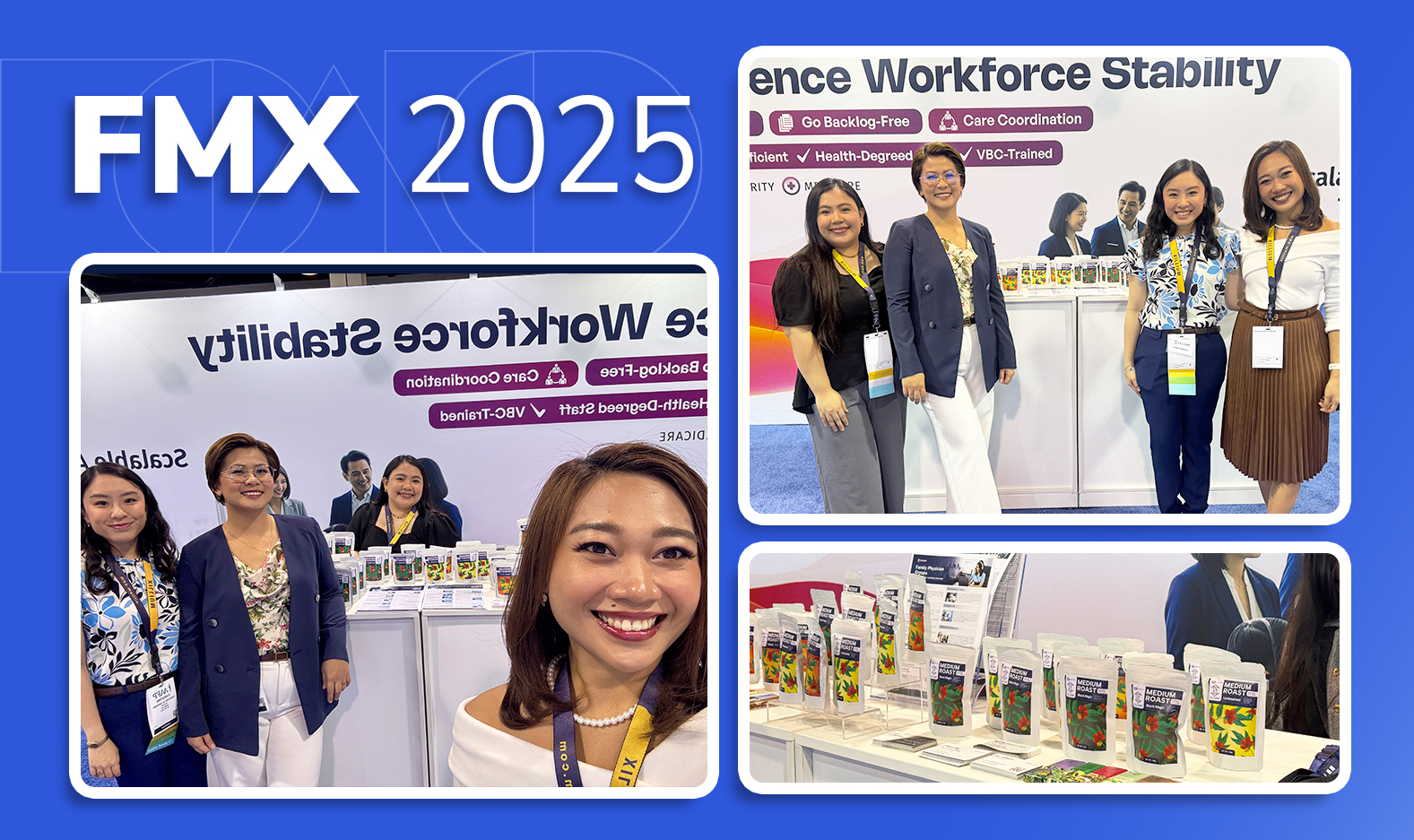AAFP’s Family Medicine Experience (FMX) in Anaheim made one reality clear: family medicine is carrying the weight of growing demand with limited capacity. The event kept its familiar warmth, but the conversations felt more candid and more focused on what it will take to keep primary care steady in the middle of constant change.
The Climate: Short Staffed and Overextended
Across practices, multi-site groups, and health systems, leaders described the same pressure: staffing gaps that strain day-to-day operations. Medical Assistant (MA) shortages were especially pronounced, forcing teams to stretch across scheduling, referrals, prior authorizations, and insurance verification. Burnout and turnover in hybrid roles continue to rise, which creates delays and backlogs that grow quickly.
One practice leader summed it up: “We need help with everything.”
Growing Interest in Remote Support
Many FMX attendees were hearing about Virtual Medical Assistants for the first time, but curiosity was high. Leaders managing multi-site groups or dealing with ongoing MA shortages saw the potential immediately. Trained, healthcare-literate remote support could help ease the pressure on overwhelmed teams.
Those still exploring remote staffing shared familiar reasons for considering it. Credentialing delays, uneven coverage, and the challenge of keeping workflows consistent all made outside support appealing. At the same time, attendees wanted clearer answers on how remote support integrates into their systems. They asked about EMR access, HIPAA compliance, and the balance between administrative and clinical tasks.
Recurring Workflow Bottlenecks
FMX highlighted a familiar set of operational pain points:
- Prior authorizations
- Insurance verification and eligibility
- Referral coordination
CHCs and FQHCs talked about how these tasks affect access, no-show rates, and quality metrics. Groups moving deeper into Value Based Care (VBC) pointed out how operational friction directly affects reporting and performance. These tasks are no longer small admin items. They shape the entire patient experience.
Who We Spoke To
FMX always brings together a useful mix of roles. Physicians, medical directors, clinic managers, and front-line staff all shaped the conversations. That meant strategic discussions about growth and VBC sat alongside real stories about front desk overwhelm. Many attendees remembered Xillium from FMX 2024, which was a good reminder that continuity and presence matter as much as the work itself.
The Human Element Still Leads the Way
Even with all the operational pressure, the tone of the conference stayed warm and relationship-driven. The Philippine coffee and chocolates were small things, but they helped open conversations. People talked openly about their challenges, which reflects something consistent across family medicine. This year’s event reaffirmed that trust is built through genuine dialogue.
Where Family Medicine Is Heading
After days of conversations, a clear picture formed:
- Staffing shortages are still the most pressing issue.
- Insurance and referral workflows cause the most friction.
- Remote support is gaining interest, but understanding varies.
- Leaders want trained and reliable help rather than generic outsourcing.
- Cultural familiarity and rapport continue to shape trust.
Family medicine is facing rising demand and more administrative complexity. Stability will depend on consistent workflows, dependable support, and partners who understand the realities of value based care.
Final Reflection
FMX 2025 was a clear reminder of why events like this matter. Attendees were looking for clarity, practical support, and partners who understand their daily environments. Listening to them gave us a deeper understanding of what practices are facing. We are bringing those insights back to our teams as we continue refining how we support clinics navigating a rapidly changing environment.
.png)

